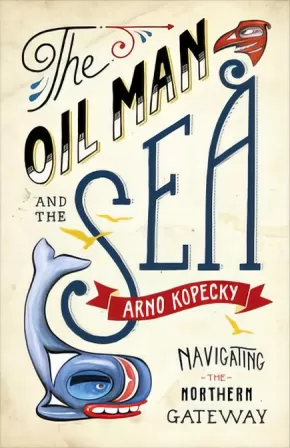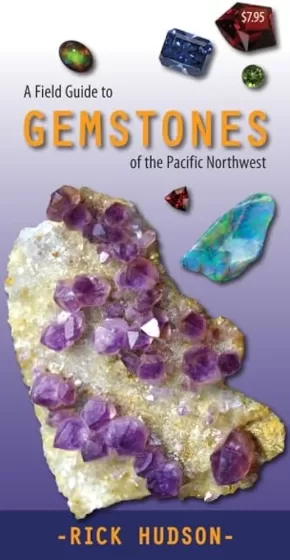Environment
Synopsis:
Short-listed for the Governor General's Literary Award and the Banff Mountain Book Award and winner of the Edna Staebler Award for Creative Non-Fiction.
With Enbridge Inc.'s Northern Gateway proposal nearing approval, supertankers loaded with two million barrels of bitumen each may soon join herring, humpbacks and salmon on their annual migration through the tumultuous waters off British Columbia's Central Coast -- a place no oil tanker has been before. The contentious project has aroused intense opposition, pitting local First Nations, a majority of British Columbia's urban population, and environmental groups across the country against an international consortium led by Enbridge and backed by a federal government determined to make Canada an "energy superpower."
Arno Kopecky sails into the controversy aboard a forty-one-foot cutter for a closer look at a legendary region with a knife at its throat. Without any prior sailing experience, Kopecky and his sailing companion -- photographer Ilja Herb -- struggle to keep afloat as they make their way through a volatile labyrinth of fjords, inlets, and evergreen islands known as the Great Bear Rainforest. This amphibious ecosystem is among the last great wildernesses on earth, housing a quarter of the world's temperate rainforest and a thriving ocean environment that together host forty per cent more biomass per hectare than the Amazon. But as Kopecky soon discovers, the politics of Big Oil and First Nations can be every bit as treacherous to navigate as the shifting currents and hidden reefs for which the Northern Gateway tanker route is known.
In this rich evocation of ecology, culture, and history, Kopecky meditates on the line between impartial reportage and environmental activism, ultimately arguing that there are some places oil tankers should never go.
Caution: Includes some profanity and use of marijuana.
Synopsis:
This laminated guide features twenty-six native trees commonly found from Alaska to Oregon, providing common and Latin names accompanied by colour photographs of identifying features such as bark, leaves or needles, flowers, cones, seeds and fruit. Information on identification, range and an illustration of each tree's silhouette make it a snap to distinguish a shore pine from a western white pine or a trembling aspen from a paper birch. Also included are traditional uses and other interesting tree facts and lore. For example, did you know that yellow cedar can live up to 5,000 years? Or that the bigleaf maple flowers are edible? Next time you go for a hike, pay attention to the forest and the trees with one of these laminated guides slipped into your back pocket or backpack.
Additional Information
2 pages | 37.00" x 9.00" | color photographs and illustrations | pamphlet
Synopsis:
Tsawalk, or “one,” expresses the Nuu-chah-nulth view that all living things – human, plant, and animal – form part of an integrated whole brought into harmony through constant negotiation and mutual respect. In this book, Umeek argues that contemporary environmental and political crises and the ongoing plight of indigenous peoples reflect a world out of balance, a world in which Western approaches for sustainable living are not working. Nuu-chah-nulth principles of recognition, consent, and continuity, by contrast, hold the promise of bringing greater harmony, where all life forms are treated with respect and accorded formal constitutional recognition.
Additional Information
220 pages | 6.00" x 9.00" | Paperback
Synopsis:
This full-colour, laminated field guide is your introduction to the beauty and wonder of the gemstones found in the Pacific Northwest, a region famous for its variety and quality of earth treasures.
From purple amethyst, carnelian, chalcedony, black and white onyx and emeralds to sodalite, sapphire and many more valuable stones--discover what lies in the rich geology just below your feet. This convenient brochure will help you to develop a keen eye for spotting gems in the rough and become more knowledgeable about local gemstones that are the equal of any in the world.
Additional Information
2 pages | 37.00" x 9.00" | colour photographs | pamphlet
Synopsis:
This introductory field guide is designed for the beach explorer, the boater, the skin diver, and the scuba diver. Rick has limited its contents to the most common species, which can be seen from, or along, the seashore, or in the shallows. It's easy-to-spot features will guide the beginner into the wonderful world of the western seashore.
Additional Information
48 pages | 5.50" x 8.50" | coloured photos throughout.











